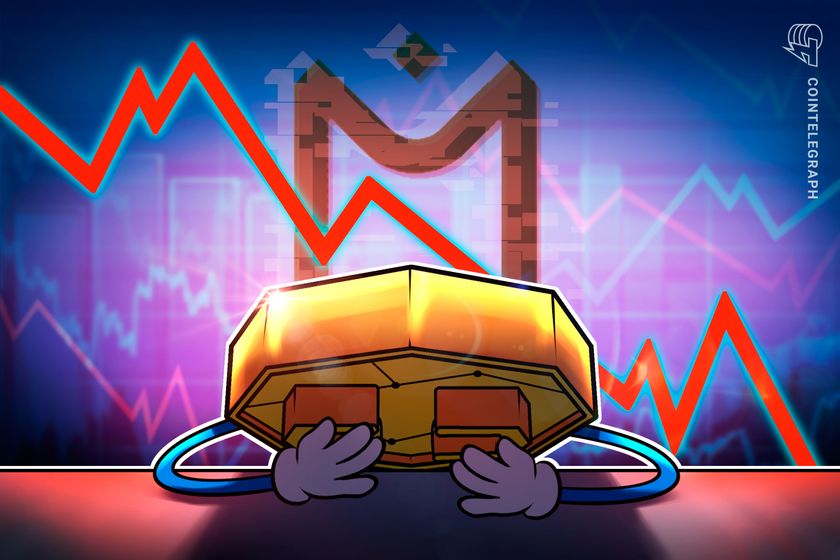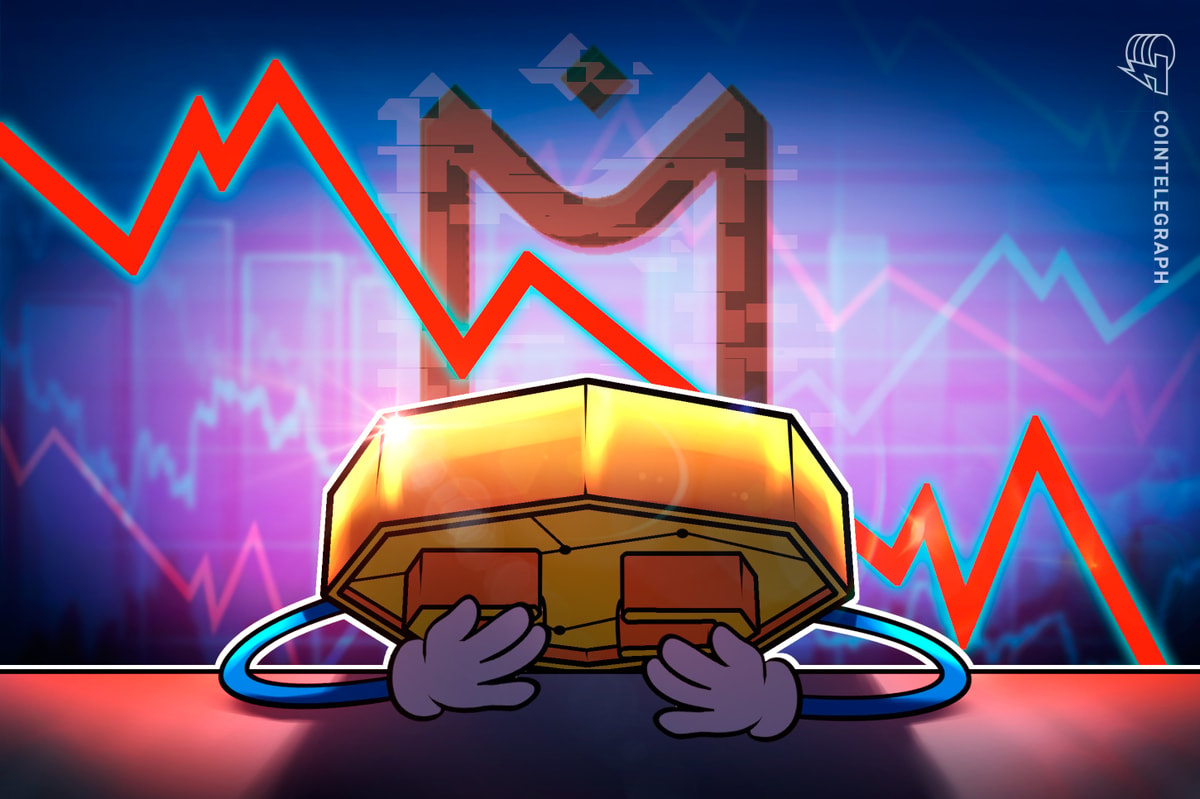
Mantra’s recent token collapse highlights an issue within the crypto industry of fluctuating weekend liquidity levels creating additional downside volatility, which may have exacerbated the token’s crash.
The Mantra (OM) token’s price collapsed by over 90% on Sunday, April 13, from roughly $6.30 to below $0.50, triggering market manipulation allegations among disillusioned investors, Cointelegraph reported.
While blockchain analysts are still piecing together the reasons behind the OM collapse, the event highlights some crucial issues for the crypto industry, according to Gracy Chen, CEO of the cryptocurrency exchange Bitget.
“The OM token crash exposed several critical issues that we are seeing not just in OM, but also as an industry,” Chen said during Cointelegraph’s Chainreaction daily X show, adding:
“When it’s a token that’s too concentrated, the wealth concentration and the very opaque governance, together with sudden exchange inflows and outflows, […] combined with the forced liquidation during very low liquidity hours in our industry, created the big drop off.”
🎙️ CEXs hit with outages as AWS runs into trouble. The question is, do we need more decentralization?
Today, @RKBaggs and @ZVardai are joined by @GracyBitget, CEO of @Bitgetglobal on #CHAINREACTION to unpack the problem!https://t.co/OPoyu1IORC
— Cointelegraph (@Cointelegraph) April 15, 2025
Related: Google to enforce MiCA rules for crypto ads in Europe starting April 23
At least two wallets linked to Mantra investor Laser Digital were among 17 wallets that moved a combined 43.6 million OM tokens — worth about $227 million at the time — to exchanges before the crash, the blockchain analytics platform Lookonchain reported on April 13, citing Arkham Intelligence data.
However, Mantra CEO John Mullin denied the allegations related to large-scale token transfers from Mantra investors, Cointelegraph reported on April 14.
Mantra released a post-crash statement on April 16, reiterating that the OM crash didn’t involve token sales by the project itself and that the Mantra team continues investigating the incident. The report did not explain the rapid movement of OM tokens to exchanges and subsequent liquidations.
Related: UFC boss Dana White becomes VeChain adviser to push blockchain mainstream
Exchange movements point to strong “insider dumping” signal
While the exact reason behind the collapse remains unclear, Mullin attributed the crash to “massive forced liquidations” on centralized exchanges during low-liquidity hours on Sunday.
Mullin told an X user that the Mantra team believes one exchange “in particular” is to blame, but said the team was still “figuring out the details,” and specified that the exchange in question is not Binance.
“I think OKX was the main exchange being accused of so-called liquidations,” said Chen, adding that the large transfers to multiple exchanges raised significant red flags. She added:
“I did look at the onchain data, which revealed that there were millions of OM tokens moved to centralized exchanges. That’s a very strong signal of insider dumping.”
Weekend liquidity issues have impacted even major cryptocurrencies like Bitcoin (BTC).
The lack of weekend trading volume, combined with Bitcoin’s 24/7 liquidity, resulted in Bitcoin’s correction below $75,000 on Sunday, April 6, Cointelegraph reported.
The April 6 correction may have occurred due to Bitcoin being the only large tradable asset over the weekend available for de-risking amid global trade war concerns, Lucas Outumuro, head of research at crypto intelligence platform IntoTheBlock, told Cointelegraph.
Magazine: Illegal arcade disguised as … a fake Bitcoin mine? Soldier scams in China: Asia Express


